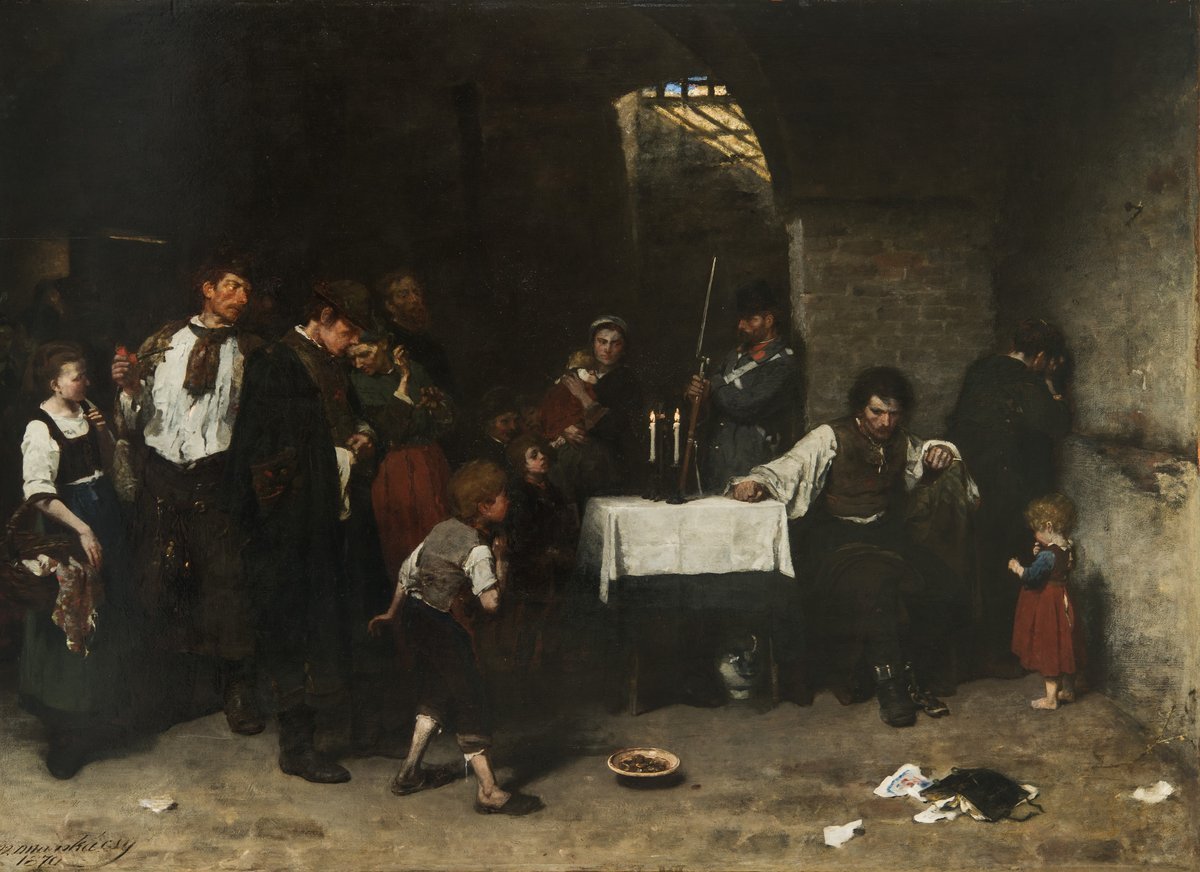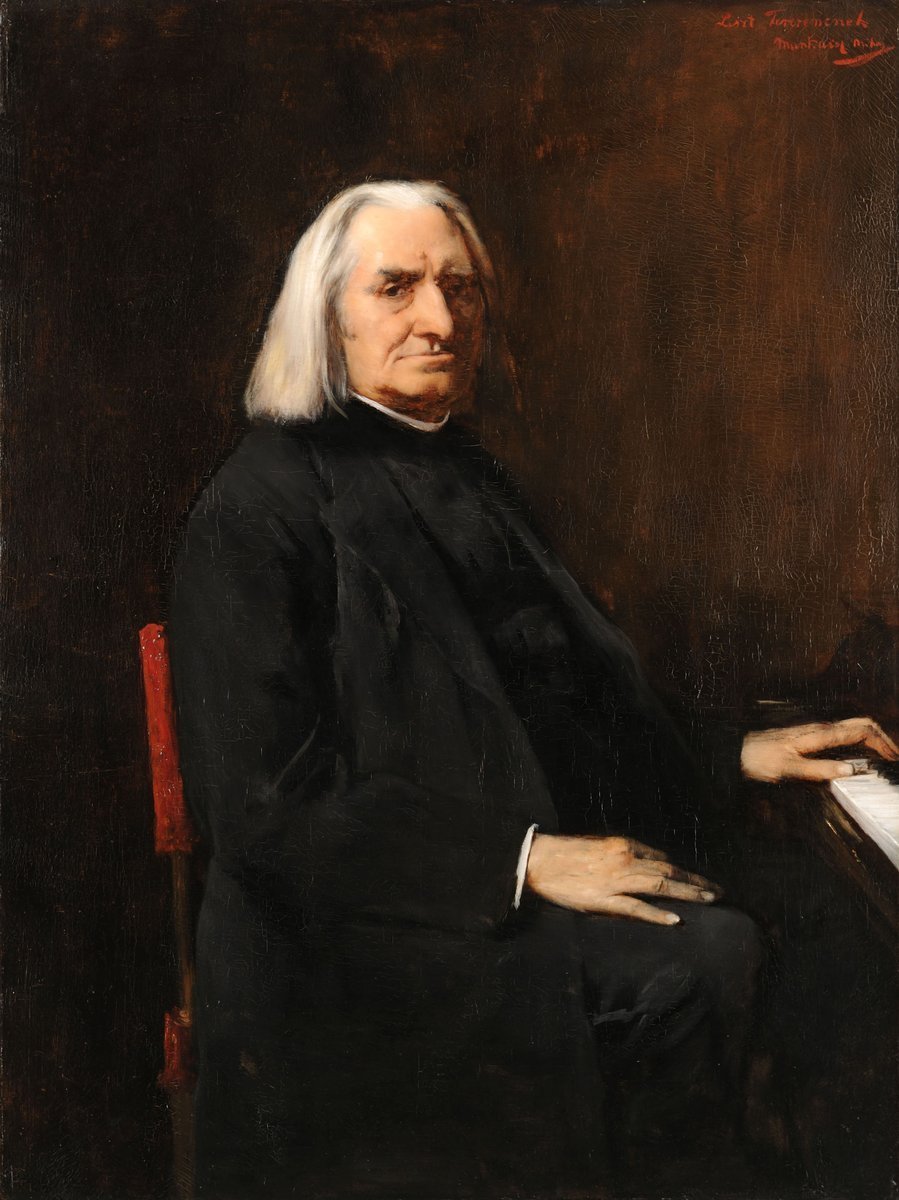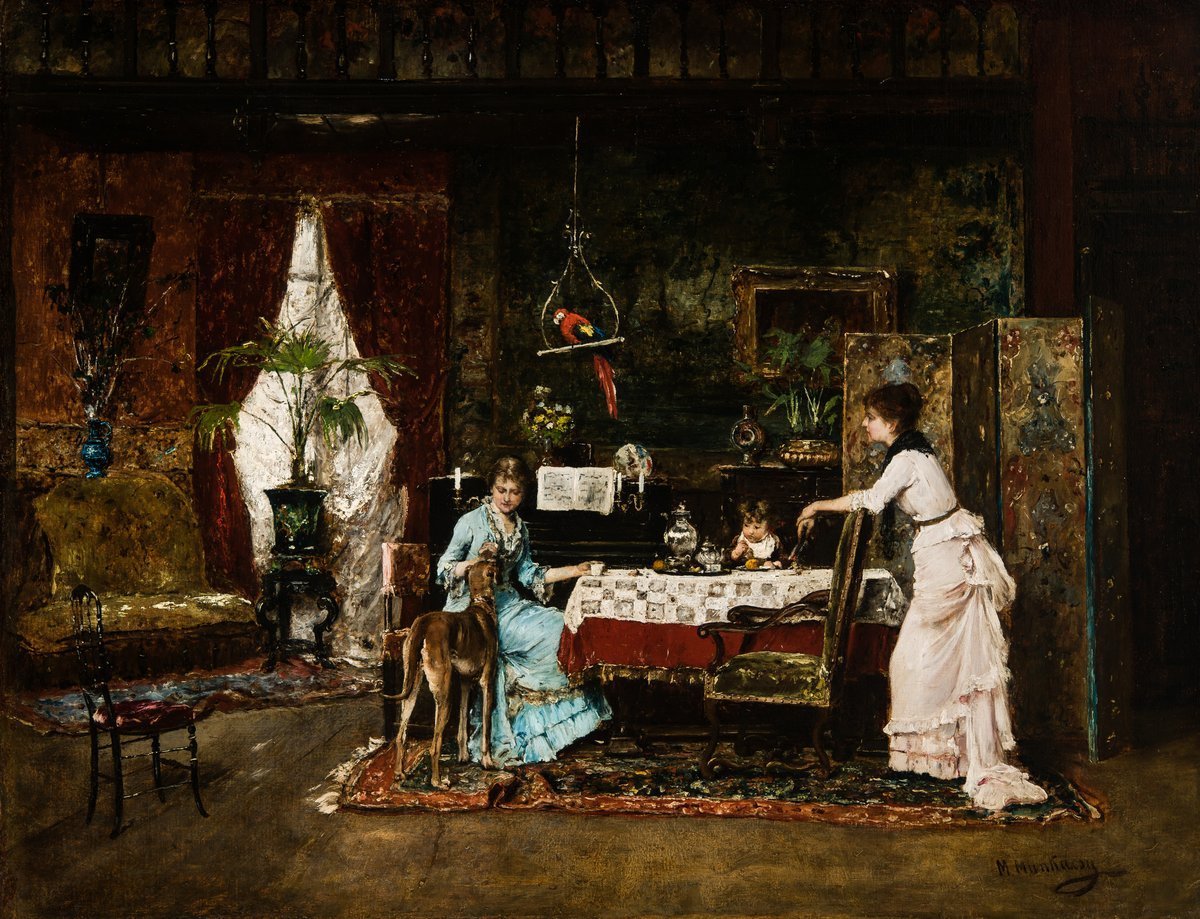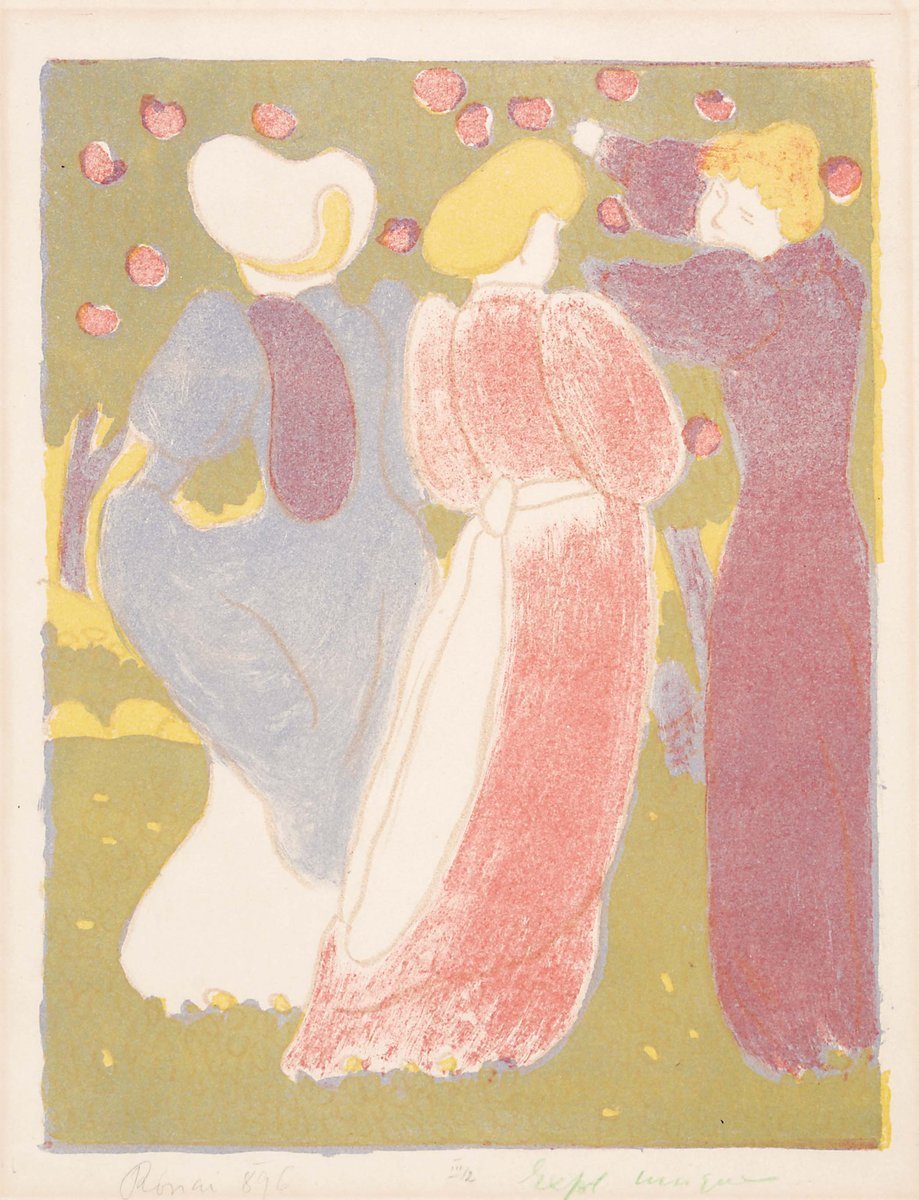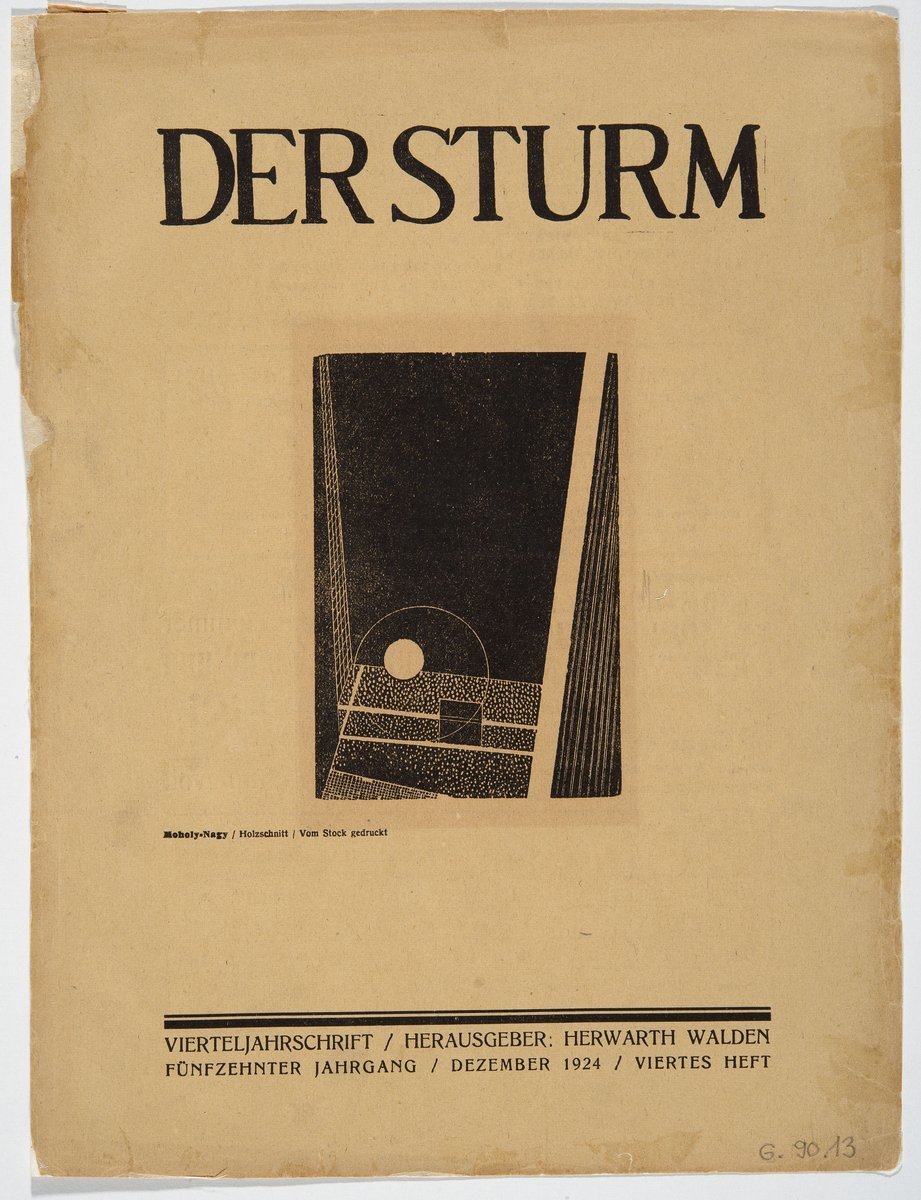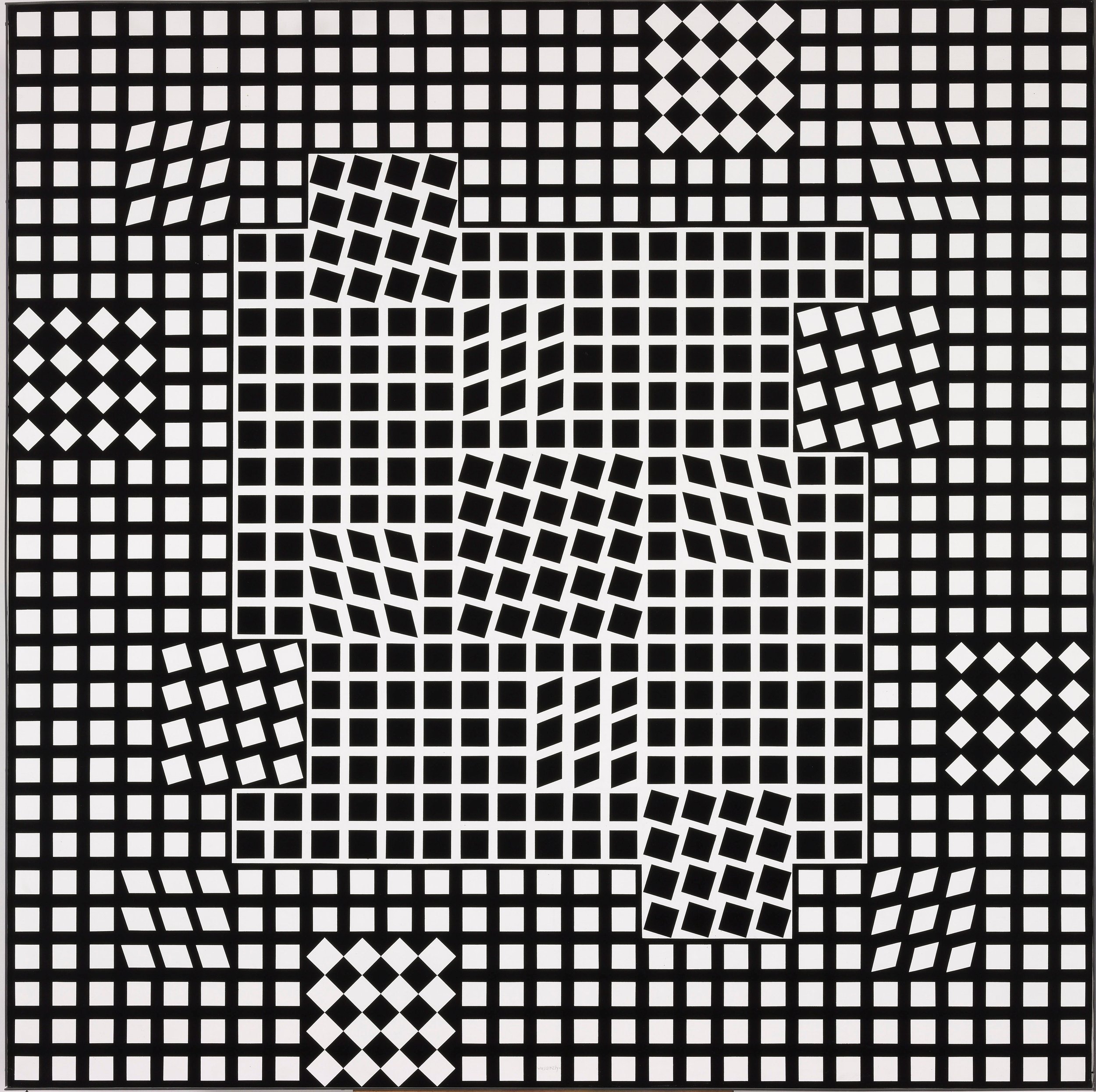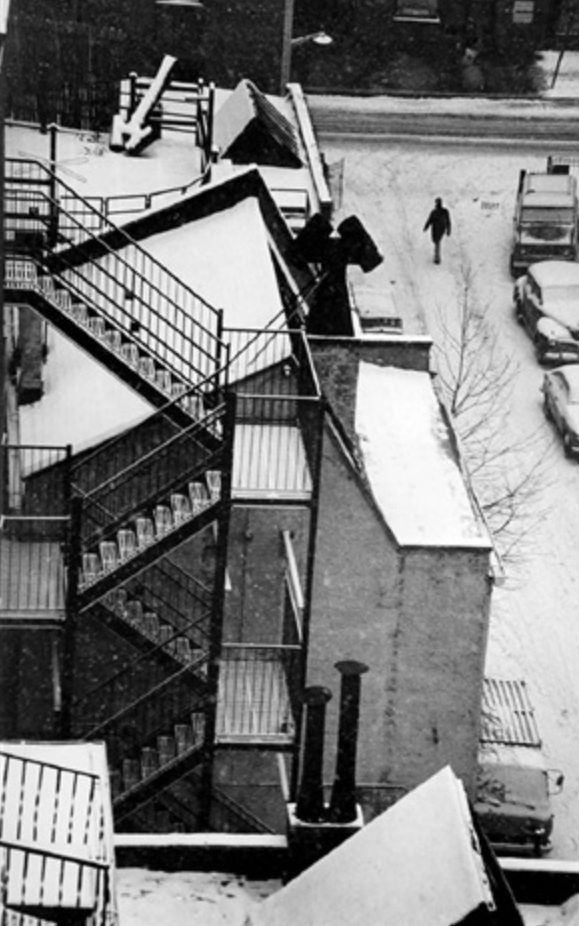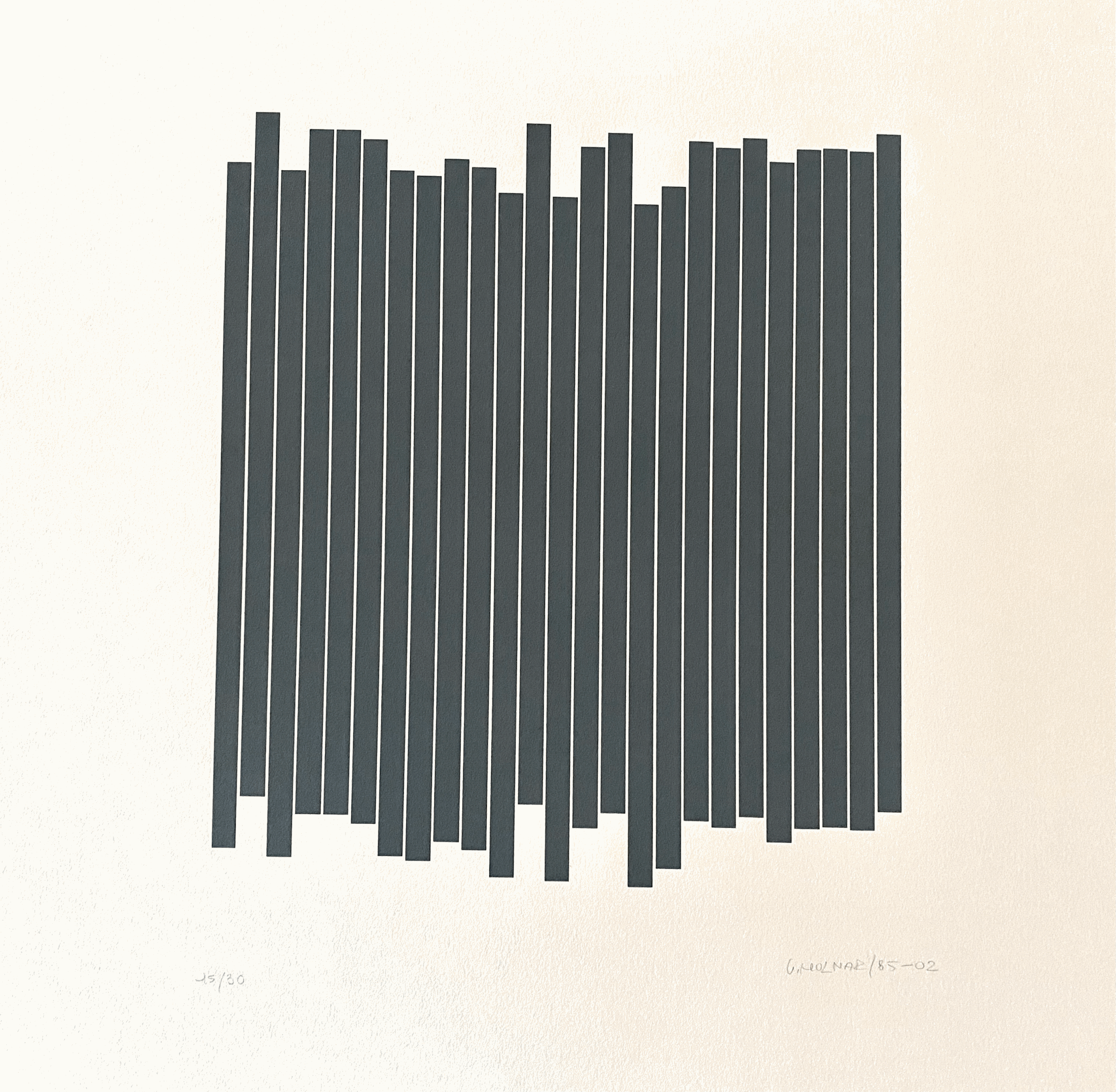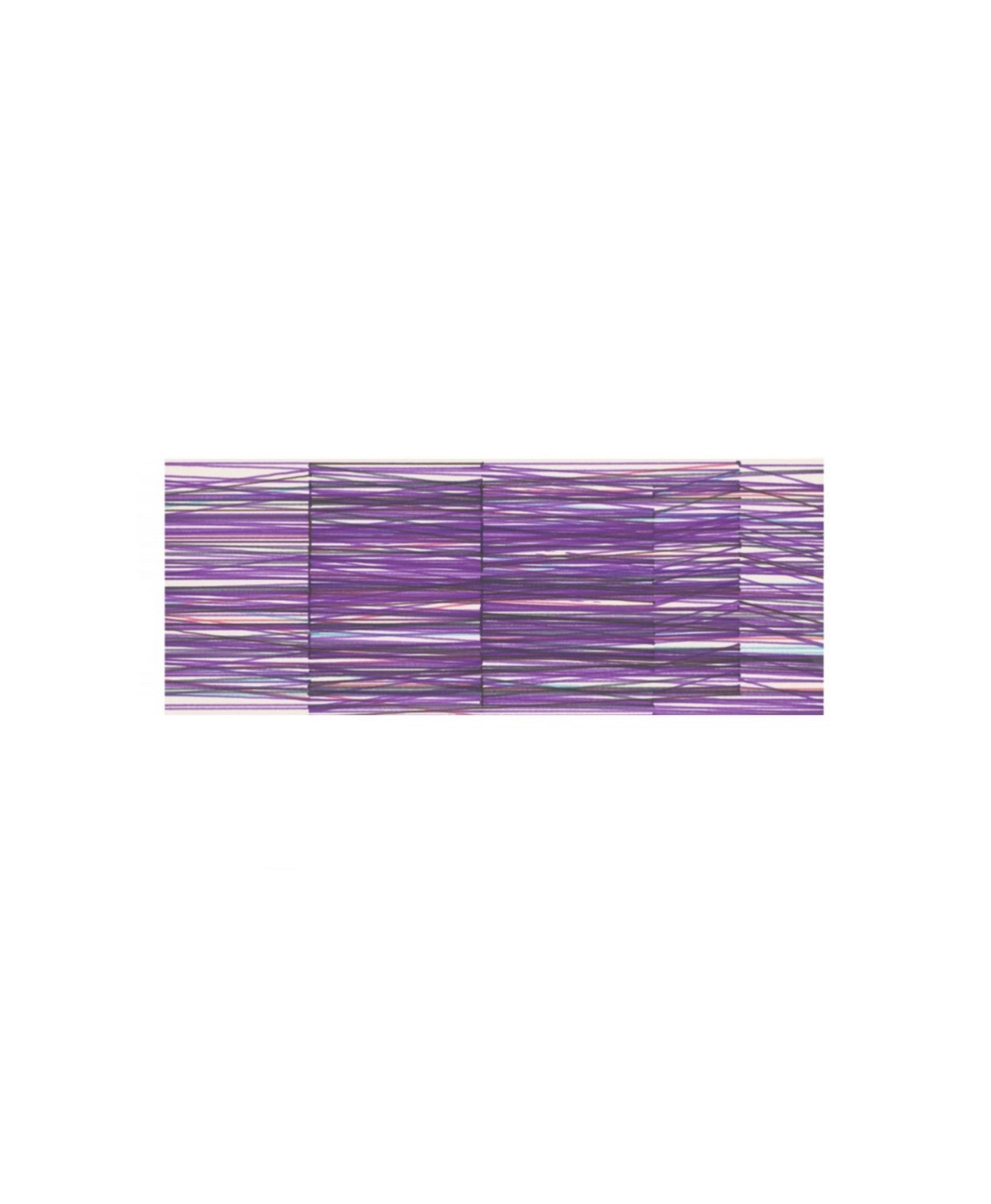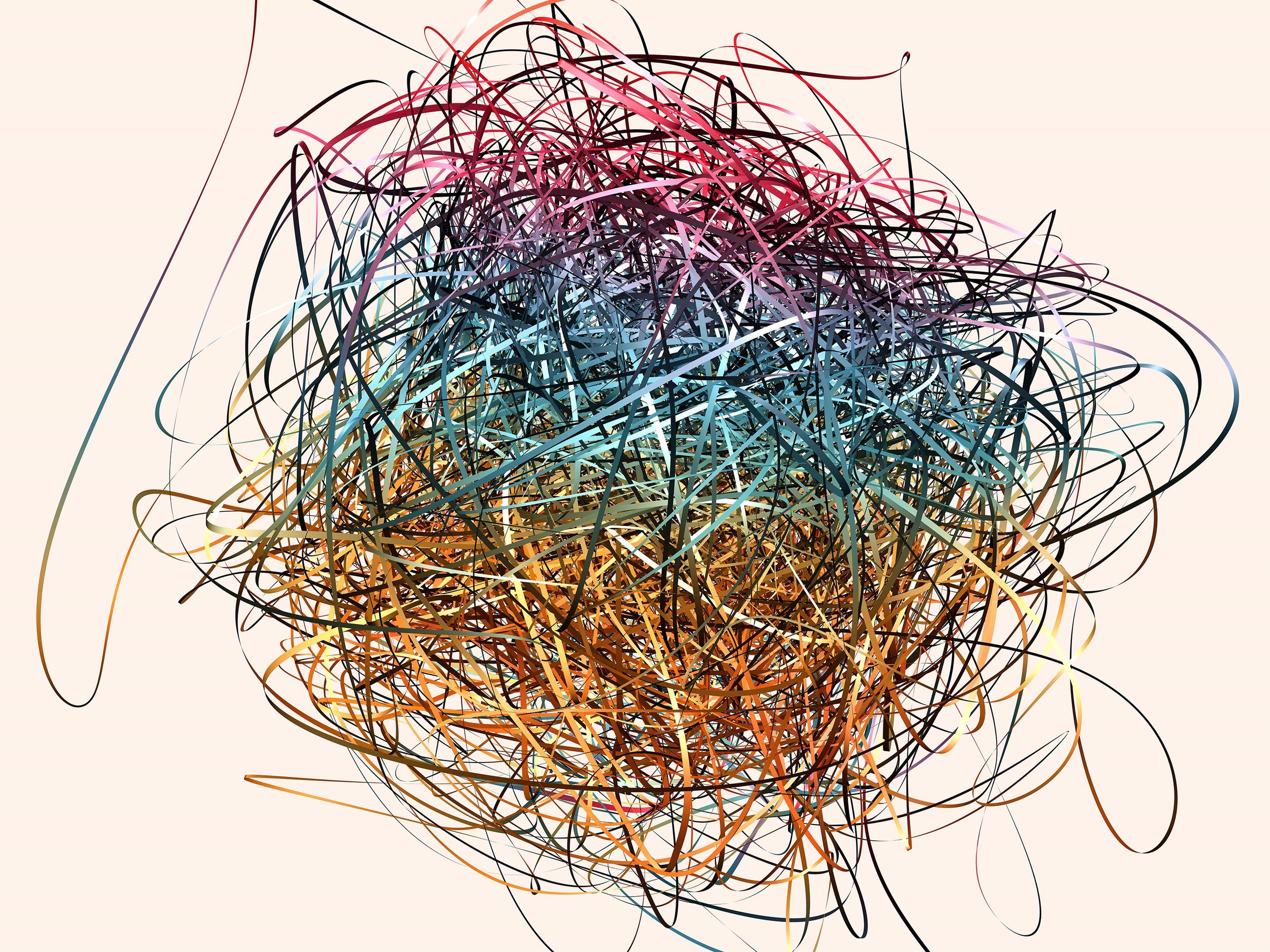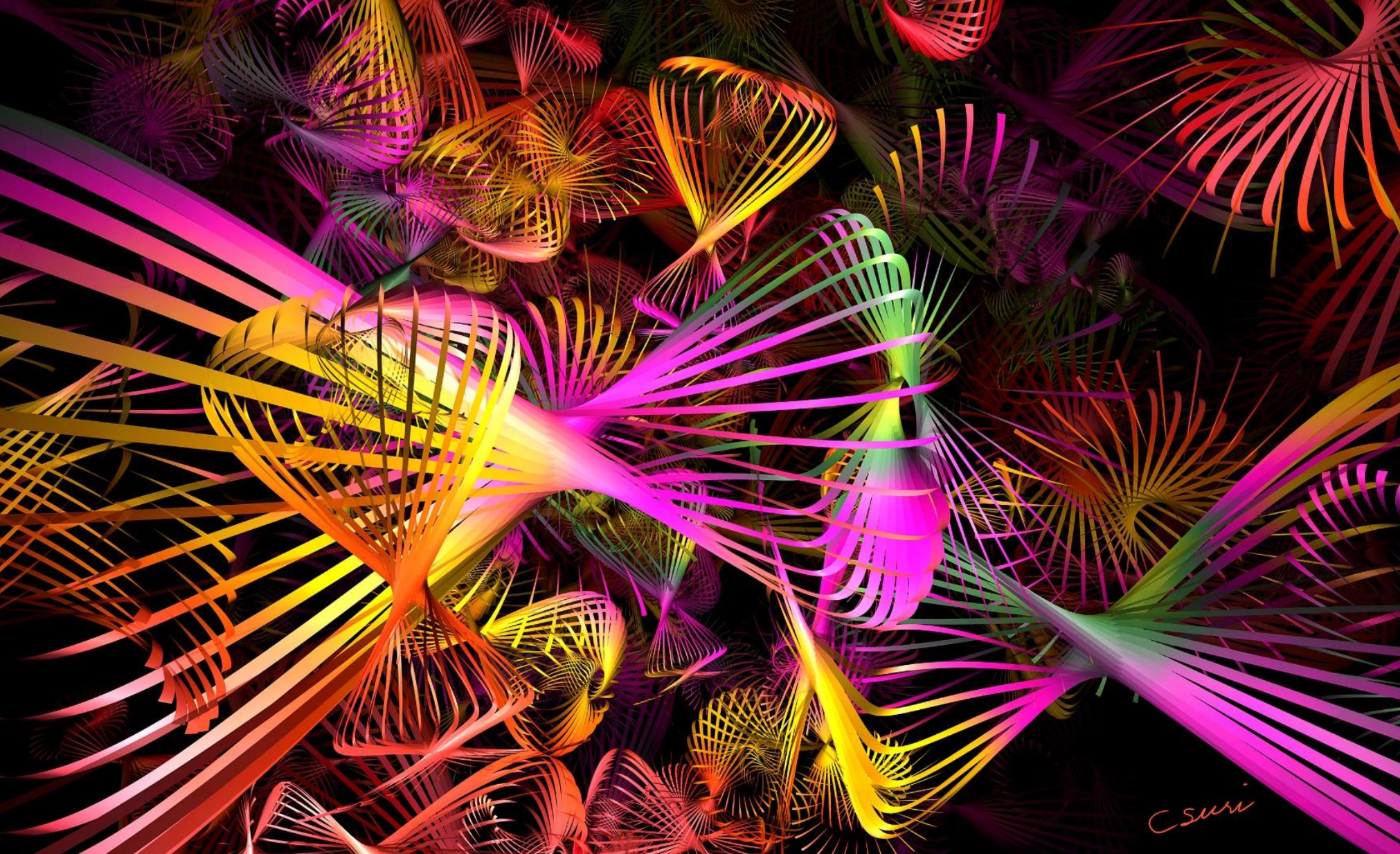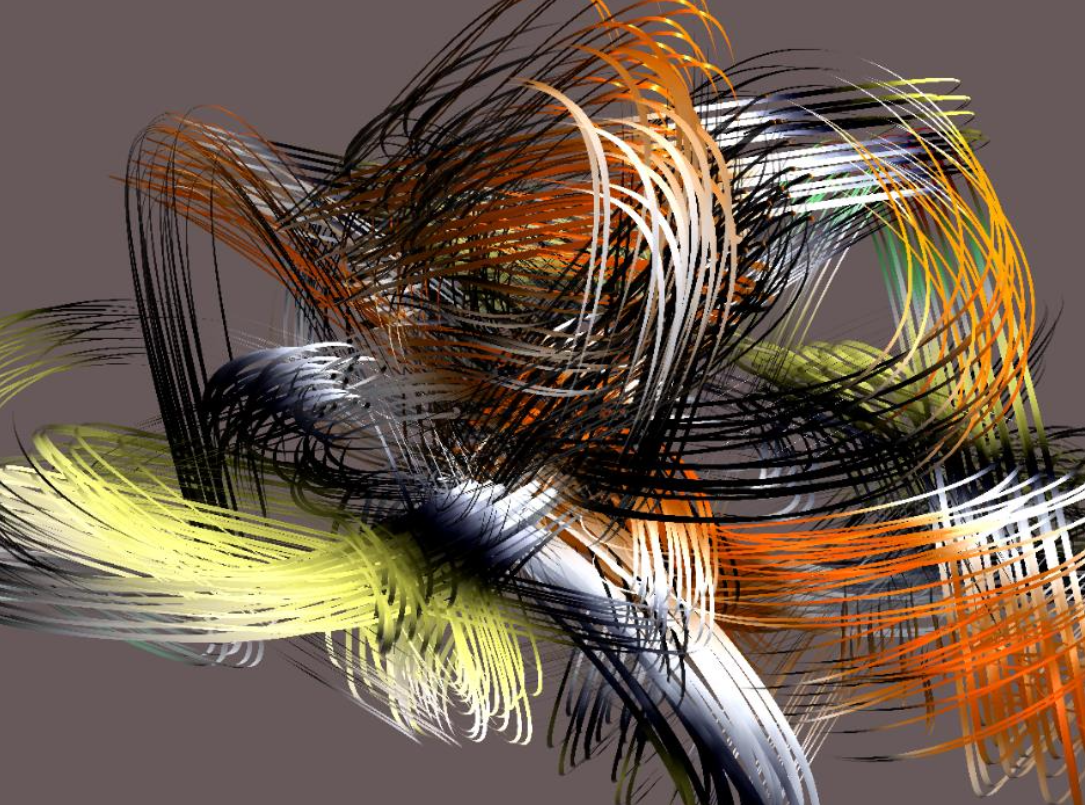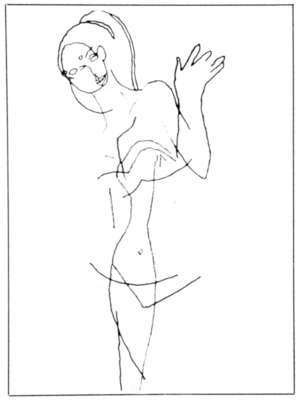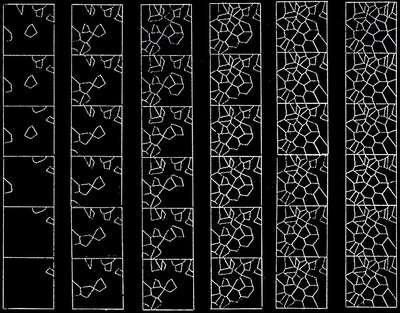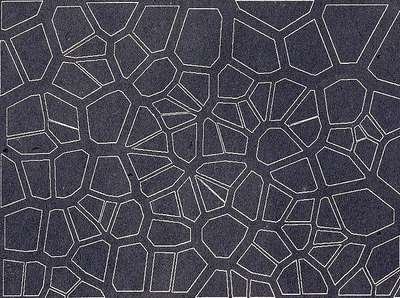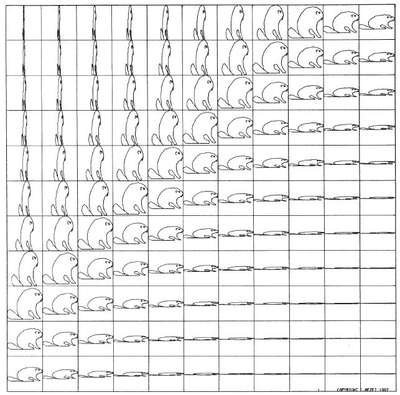Hungarians among the leaders of European art
During the 19th and 20th centuries, Hungarian artists were among the leaders of European art. From realistic genre scenes to avant-garde constructivism, to photography, many masterpieces left a mark on art history, both in Hungary and abroad.
Art before the 19th century
As an important Hungarian art historian, Lajos Fülöp argued in his essay, „The Task of Hungarian Art History” in 1951, Hungarian art had not existed before the 19th century: there was no art education or no influential great masters. Even the country was fragmented: at war with the Turks or with the Austrian army. Many of the greatest works from these periods had been produced by artists who came to Hungary from abroad or were born in Hungary but trained and worked in other countries. A good example of the latter is a still-life painter, Jakab Bogdány, who studied in the Netherlands and settled in England, or Ádám Mányoki, who had worked in Germany for princely patrons.
However, the 19th century was relatively peaceful. Hungary was part of the Austrian Empire and finally, the country was able to establish cultural institutions, such as National Museum (1802) and Hungarian Royal Drawing School (1871), and organize contemporary exhibitions (from 1840) for the public. With this institutional framework, the demand for Hungarian art and Hungarian painters started.
The list we compiled includes some of the most famous Hungarian artists who formed the art of the 19th and 20th centuries.
Mihály Munkácsy
Mihály Munkácsy was probably one of the most internationally well-known celebrities of the 19th century. He was born in Munkács, Hungary, he spent most of his life in Paris. He sold his realist works to wealthy European and American collectors, and his paintings are in collections such as the Metropolitan Museum of Art or the Milwaukee Art Museum.
His first great successes were the „The Last Day of a Condemned Man”, for which he won a gold medal at the Paris Salon, and the „Woman Carrying Brushwood”. Both depicted Hungarian peasants and were painted in the manner of the Düsserdorf school. In the late 1870s, he also worked in Barbizon and painted richly colored landscapes such as “Walking in the Wood”. His realist portraits, including “Franz Liszt” or “Cardinal Haynald” were also painted during this period. In the late 1870s, he met an Austrian-born art dealer, Charles Sedelmeyer, who offered him a ten-year contract. This deal brought Munkácsy worldwide fame, wealth, and security. Sedelmeyer convinced him to create a large-scale Biblical series about the Passion of Christ. When Munkácsy completed the trilogy, the art dealer took the works on tour across Europe and United States. The paintings were exhibited in a dark room, without a frame, illuminated by candles. It was what everyone in Paris was talking about. After the financial success of the Christ trilogy, he started to create elegant salon genre paintings. Finally, his fame has washed away by the modernism of the early 20th century.
József Ripp-Rónai
József Rippl-Rónai was born in 1861 in Kaposvár, Hungary. He began his art studies at the age of 23 at the Münich Academy. In 1887, he was able to travel to Paris with a scholarship to learn from the most famous Hungarian realist master, Mihály Munkácsy. From the early 1890s, he sought his way among the era’s different styles, mainly Symbolism and Art Nouveau. He met the artists of Les Nabis and became a member of the group. Under their influence, he turned his interests to graphics, lithography, and applied art. One of his masterpieces from the Paris period is “Les Vierges”, which presents symbolic stages of women’s fate. From the middle of the 1890s, he started designing furniture and glasses, and tapestries, which led to commissions such as the design of the dining room of the “Andrássy Palace”. Later, he returned to Hungary and created a very special decorative style, called “corn style” ("Dressing women"), in which he applied a fluffy effect paint to the canvas.
Lajos Kassák
Lajos Kassák was the main figure of the Hungarian avant-garde movement. He was not only an avant-garde painter, but also a poet, novelist, essayist, and editor who brought together aesthetics and social criticism. Kassák first established himself as a writer when he published his first poem in 1908. In 1915, he published his provocative journal, “A Tett”, about activism and anarchism. After one year the journal was shut down by the Hungarian Ministry of the Interior. Kassák fled to Vienna in 1920 where he relaunched his magazine “MA”, on which he worked with Sándor Bortnyik, Béla Uitz and László Moholy-Nagy. His works, which were displayed in “MA”, show the great influence of the European avant-garde movements, combining Futurist, Constructivist, Expressionist, and Dadaist elements in the pieces. His introduction to the visual arts started with the so-called “image poems” inspired by Dada, where he displayed letters and lines aesthetically. From 1921, his art shifted towards a more reductive form of geometric abstraction. He called these works “picture architectures”, which were greatly influenced by the art of Malevich and Tatlin. In 1926, he returned to Hungary and continued editing and publishing leftist journals such as “Munka” (Work) and “Dokumentum” (Document). Kassák's innovative responses to social issues position him as a pioneer of modernity in art.
László Moholy-Nagy
László Moholy-Nagy was a Hungarian painter, photographer, and professor at the Bauhaus school. He was born László Weisz in 1895. Honoring his uncle, who raised him, he adopted the surname Nagy, and Moholy from the town he grew up. In 1919, he fled to Vienna and joined Lajos Kassák’s avant-garde group, publishing many of his works in the journal “MA”. His paintings from this period were constructed in geometric forms that are often overlapping, creating a careful study of transparency. Later, he relocated to Berlin, Germany, where he met photographer and writer Lucia Schulz, his first wife. Moholy-Nagy was fascinated by technology; he transformed industrial and urban elements into his paintings. In 1923, Walter Gropius invited him to teach at Bauhaus, which gathered many avant-garde artists, like Paul Klee, Wassily Kandinsky, and Oscar Schlemmer. During this period, he was the co-publisher of the Bauhausbücher and designed typographies. Under the guidance of his wife, he also started experimenting with film and photography. Due to the political tensions, in 1937, he moved to Chicago and became the director of the New Bauhaus School. In the United States, Moholy-Nagy continued to work with art and technology until he died in 1946. His legacy influenced many different disciplines, including photography, architecture, design, and painting. His artworks can be found in major museums, like Schirn Kunsthalle Frankfurt, Solomon R. Guggenheim Museum, Los Angeles County Museum of Art, Museum of Modern Art, and Art Institute of Chicago.
Victor Vasarely
Victor Vasarely was one of the leaders of the Op Art movement, a style based on optical illusion. He was born in Pécs, Hungary, in 1906. He began his art studies at Bortnyik Sándor’s private school, called Műhely Academy, which was mostly based on the theory of the Bauhaus school. In 1930, he settled in Paris, where he began his career in several advertising agencies. In Paris, he created abstract works, such as Zebra (1937), regarded today as the earliest examples of Op Art. In the 1940s, Vasarely experimented with styles such as Surrealism and Expressionism before arriving at his signature geometric, abstract, colorful style with a compelling illusion of depth. Later in his career, Vasarely experimented with kinetic art, creating many moveable sculptures. From 1955, he worked with a defined palette of colors and forms and started serial arts, an endless permutation of forms, and colors. Before his death in 1997, he founded several museums dedicated to his works.
André Kertész
André Kertész was one of the best-known photographers of the 20th century, renowned for his lyrical, elegant, and rigorous style. He was born in Budapest in 1894. In 1925, he published his first photograph on the cover of a local newspaper, Érdekes Újság. In the same year, he emigrated to Paris. He worked as a freelancer for numerous publications and met Piet Mondrian, Sergei Eisenstein, and many of the Dadaists. In 1936, after the rise of Nazism, he fled to the United States, to New York, where he began collaborating with magazines like Vogue, Harper’s Bazaar, and Coronet, and organized solo shows at the Art Institute of Chicago and Museum of Modern Art New York. During this time, Kertész developed his fascination for capturing images of people in outside spaces such as parks, windows, and balconies. He loved using geometric lines and patterns, turning a street scene or object into something metaphorical and permanent. Kertész made a huge impact on other well-known photographers, including the Hungarian Robert Capa and Brassaï, who considered him a mentor.
Vera Molnár
Vera Molnár is a Hungarian media artist living and working in Paris, who is considered one of the pioneers of computer and generative art. Early in her career, she was trained as a traditional artist at Budapest College of Fine Arts, then in 1947, she moved to Paris. In 1968, she began working with computers. She taught herself the early programming language Fortran, which allowed her to create algorithmic paintings with endless variations of simple geometric shapes. She gives instructions to the computer, which are outputted to a plotter drawing. She experiments with the transition between order and chaos, deliberately introducing a 1% disorder, a systematically defined factor of a chance to influence his works. She became a cofounder of several artistic research groups, such as G.R.A.V., which investigated mechanical and kinetic art, and Art et Informatique, which focused on art and computing. Her works have been featured in major solo and group exhibitions and in the collection of the Museum of Modern Art, Victoria and Alberts Museum, and the Centre Pompidou.
Charles Csuri
Besides Vera Molnár, Hungary can also boast another pioneer of computer art, Charles Csuri, who created new artistic tools for 3D computer graphics, computer animation, gaming, and 3D painting. He was born in 1922 in Grant Town, West Virginia, to parents from Hungary. Charles, also known as “Chuck”, was the team captain of the OSU national championship football team in 1942. Then, from 1943 to 1946, he fought for the US in the Battle of the Bulge, receiving the bronze star for heroism. After the war, he returned to Ohio State and completed his studies in art. He was the youngest professor with academic degrees in Fine Art, Engineering, and Computer Science. At the university, he established a series of graphics research centers.
He started experimenting with computer-based multimedia in the 1960s, in the form of plotters, canvas, screen print, sculptures, holograms, and animation. He was quickly recognized by museums such as MoMA or the Association for Computer Machinery Special Interest Group Graphics. After spearheading developments in the field of computer graphics, he created the first computer animation company, Cranston Csuri Productions, in 1984. Charles created digital art till the age of 99. At the end of his life, he was also experimenting with NFTs. He will be remembered as a renaissance man: an athlete, professor, artist, and innovator, who combined art and technology as one of the first pioneers of the genre.
Leslie Mezei
Leslie Mezei is one of the most influential participants in the North American computer art scene. He was born in Budapest, Hungary in 1931. In the 1940s, he emigrated to Canada as a war orphan and holocaust survivor. In the 1950s, he started studying physics and mathematics at McGill University, Montreal, then he moved to Toronto, where he obtained a master’s degree at the University of Toronto. He stayed at the university, first as an assistant and then as a professor from 1964 to 1978.
His experimentation with computer art started in the 1960s. He developed two early graphic programming systems, SPARTA and ARTA, featuring graphic primitives and transformations like lines, polygons, rotation, and random number generators. The ARTA enabled the use of a light pen as an input device as well as keyframe animation. From 1968 he collaborated with Frieder Nake, Bill Buston, and Ron Baecker, whom he had invited to Toronto for a project called “Dynamic Graphics”. In the late 1970s, he turned away from computer art and began working as a personal financial planner and writing about spirituality.

